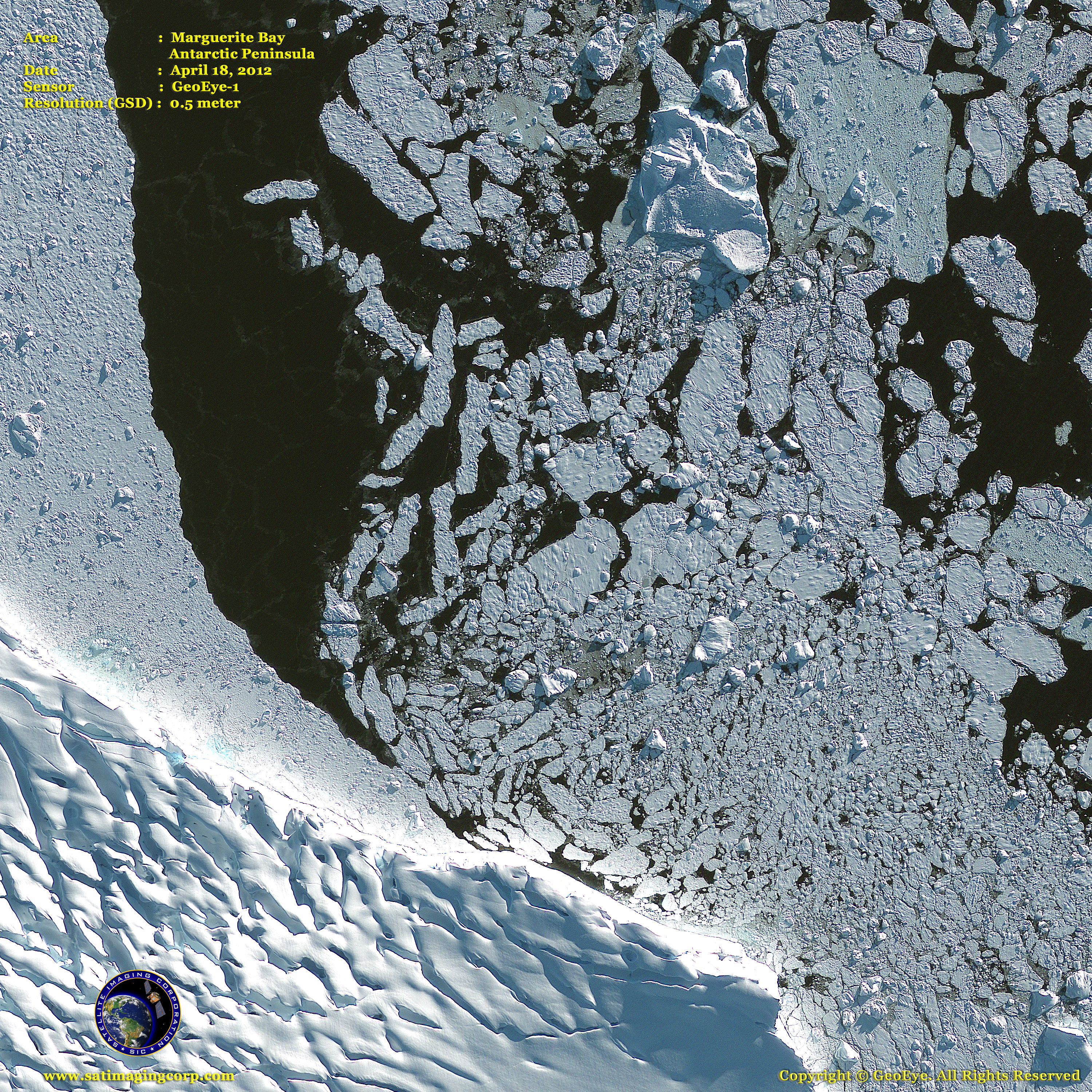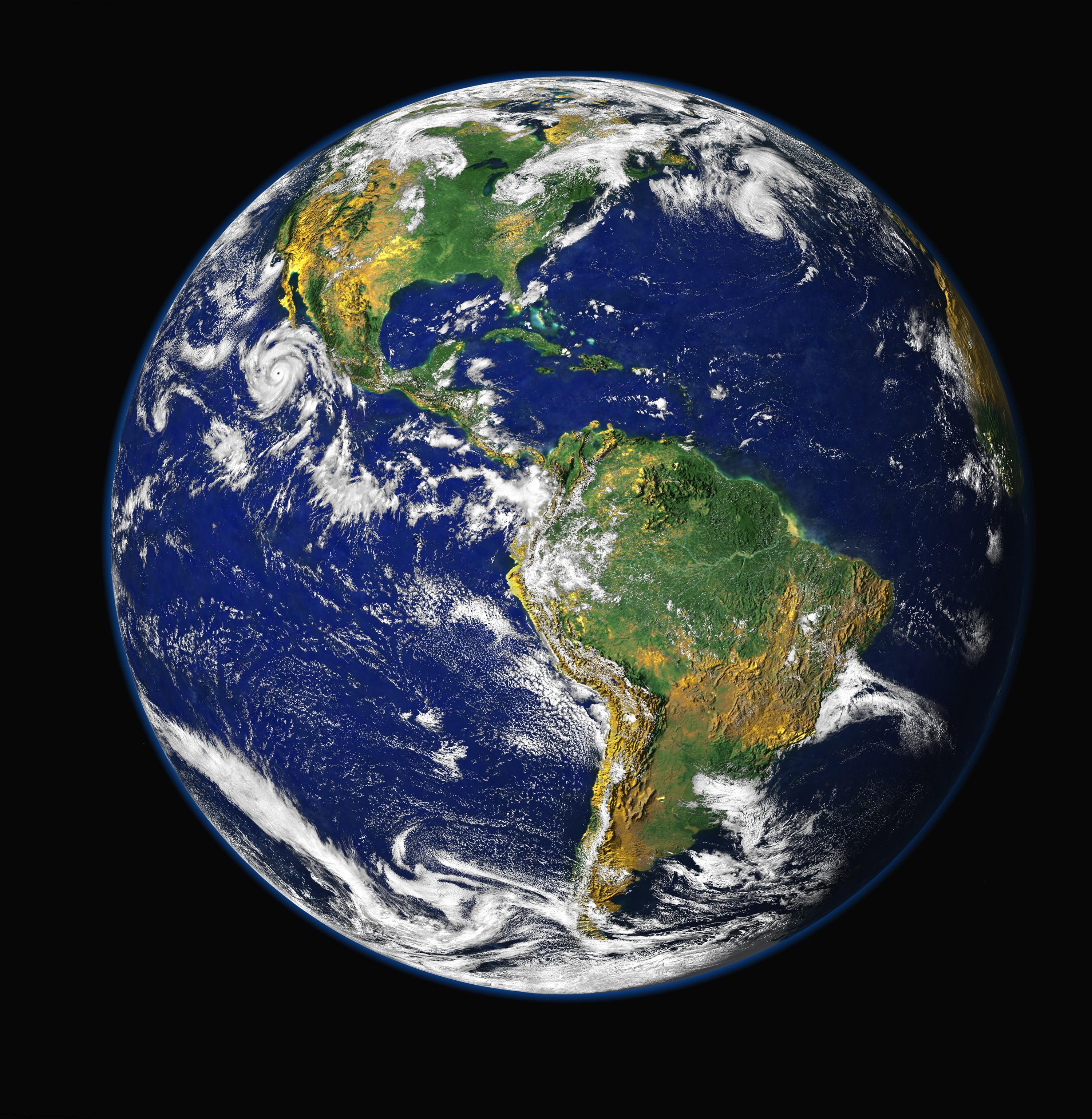

This can be quantified mathematically with the following equation: If the same point on the ground is registered by multiple pixels, the image will lose definition and be unusable.

As seen below, this is most easily visualized by projecting the sensor’s coverage area onto the ground below the aircraft. In aerial imaging, this occurs when the same ground information is measured by multiple pixels during the exposure time due to the movement of the aircraft. Motion blur occurs when the subject is moving too fast in relation to the camera that is capturing the image. *all units should be calculated in meters The following formula can be used to determine the ratio between the lens’ focal length and the camera’s pixel size. Aerial systems also usually have a set working altitude, or in this case, height above the ground. This is the smallest dimension needed for the camera to be able to resolve and should be at least twice as small as the smallest feature to be measured. When designing a vision system to work with any type of aircraft, a particular ground resolution or ground sampling distance (GSD) is required.
#Aerial imaging how to#
This blog post walks through the concept of blur in terms of imaging from a moving aircraft and show how to calculate the maximum speed at which an aircraft can fly based on the ground resolution required from the system. As it flies over the area of interest, the camera’s exposure time must be short enough to capture the image cleanly and without introducing motion blur from the direction of travel of the aircraft. This is especially true when it comes to an imaging payload on board an aircraft. Potential uses include agricultural, oceanographic, hydrological, geological, and environmental studies, reconnaissance, and other scientific applications where a high-definition film is needed.Achieving a clear and sharp image is one of the many challenges that come with designing and implementing a vision system where motion is involved. This film has a thin, highly hardened emulsion that provides ultra-high resolving power and image sharpness, and that permits high-temperature rapid processing. 3409 Film is designed for high-altitude, stabilized platform aerial cameras with high-quality optical systems.ģ409 Film has a 2.5-mil (0.063 mm) ESTAR Thin Base with a dyed-gel backing. It features extended red sensitivity for the reduction of atmospheric haze effects.ģ409 Film is designed for high-altitude, stabilized platform aerial cameras with high-quality optical systems. KODAK AERECON High-Altitude Film 3409 is a slow speed, panchromatic, black-and-white aerial camera film. Thin base, extremely fine grain, high-definition film for high-altitude, stabilized platform aerial cameras with high quality optical systems.

It is also well-suited and recommended for use in digital film recorders, serving as both an acquisition and output film. With unparalleled processing flexibility, it can be processed in both Process AN-6 and C-41.Ģ460 Film is designed for aerial mapping and reconnaissance and is ideal for geological, pollution, archeological, crop and forestry studies traffic control city planning railway, highway and hydraulic engineering as well as oceanography, remote sensing, and other areas where photogrammetry is used. Its hardened emulsion permits high-temperature processing in roller-transport. Its improved scratch resistance and static protection properties enable cleaner scans and reproductions. The film has a 3.9-mil (0.10 mm) ESTAR Base with a gel backing. 2460 Film has a wide exposure latitude for maximum exposure flexibility. It is designed for general use in medium- to high-altitude aerial mapping and aerial reconnaissance photography. KODAK AEROCOLOR III Negative Film 2460 is a medium speed (ISO A Equivalent 125), very fine-grain color negative aerial camera film. Medium-speed color negative film for mapping and reconnaissance.


 0 kommentar(er)
0 kommentar(er)
